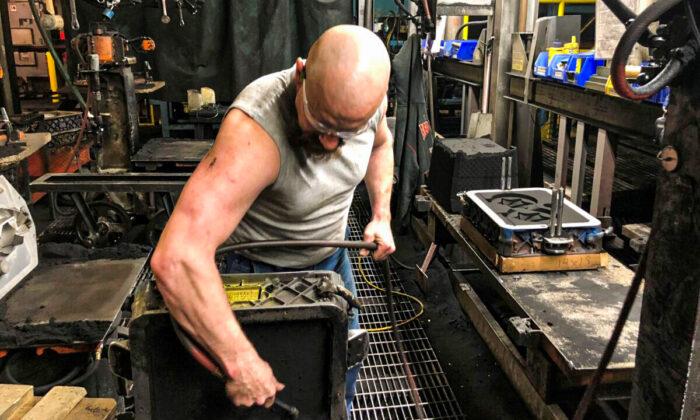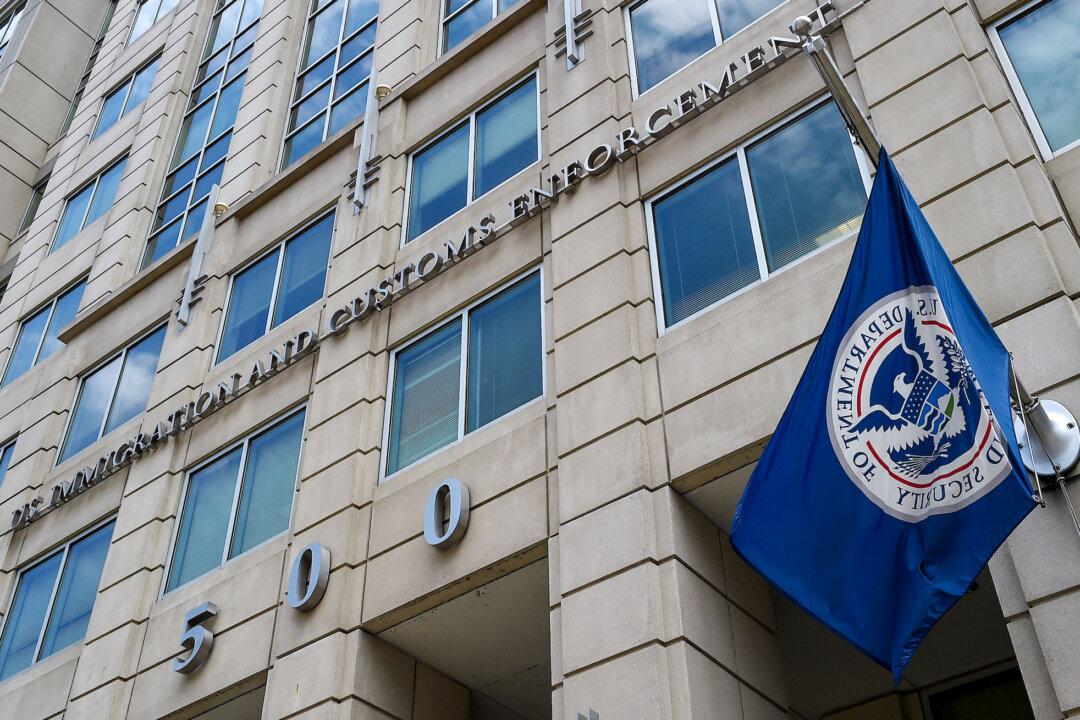The U.S. manufacturing sector fell deeper into recession territory in May, extending a multimonth slump as experts warn that the economy faces “clear challenges.”
The Institute for Supply Management (ISM) said in a report Monday that its manufacturing purchasing managers index dropped to 46.0 last month, the lowest reading since May 2020 and the eighth consecutive sub-50 reading.
Any readings below 50 represent recession, with all key sub-components in contraction, including the employment index, suggesting layoff pressures are building.
Overall, the ISM data “suggests the economy faces clear challenges,” the ING team wrote.
The decline in wholesale inflation comes after just over a year of Federal Reserve rate hikes, which have had a cooling effect on the economy, sparking recession concerns.
The Atlanta Fed’s GDP nowcast, a real-time estimate of U.S. economic output, shows the economy growing in the second quarter at 1.9 percent on July 3, down from 2.2 percent on June 30.
‘Putting the Brakes On’
The unemployment rate shot up in May from 3.4 percent to 3.7 percent. Wage growth cooled slightly in May as well, with average hourly earnings slowing to 4.3 percent from 4.4 percent.In the first five months of 2023, companies announced 417,500 job cuts, a 315 percent increase from the same span a year ago.
“Consumer confidence is down to a six-month low and job openings are flattening. Companies appear to be putting the brakes on hiring in anticipation of a slowdown,” Andrew Challenger, a labor expert and senior vice president of Challenger, Gray & Christmas, said in a statement.
In the first five months of 2023, employers have announced plans to add 101,833 new positions, which is down 83 percent compared to the same period last year and the lowest since 2016.
Interest Rates to Push Higher
Federal Reserve Chair Jerome Powell said recently that the U.S. economy should expect tighter monetary settings going forward and that inflation probably won’t return to the central bank’s 2 percent target for a few more years.“We believe there’s more restriction coming,” Powell told a European Central Bank forum on June 28.
With labor market conditions remaining tight and economic growth generally more resilient than previously expected, Powell said he thinks policy “may not be restrictive enough, and it has not been restrictive for long enough.”
Powell said at the forum that the Fed would like to see more progress on quashing inflationary pressures, including in labor costs.
“We need to see a better alignment of supply and demand in the labor market and see some more softening and labor market conditions so that inflationary pressures in that sector can also begin to subside,” he stated.
The Fed chief also said he doesn’t expect core inflation, which strips the volatile food and energy components, to return to the Fed’s 2 percent target until 2025.
“It’s going to take some time. Inflation has proven to be more persistent than we expected and not less,” Powell said. “Of course, if that day comes when that turns around, that’ll be great. But we don’t expect that.”





